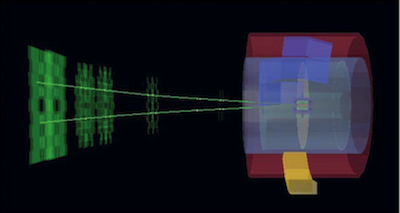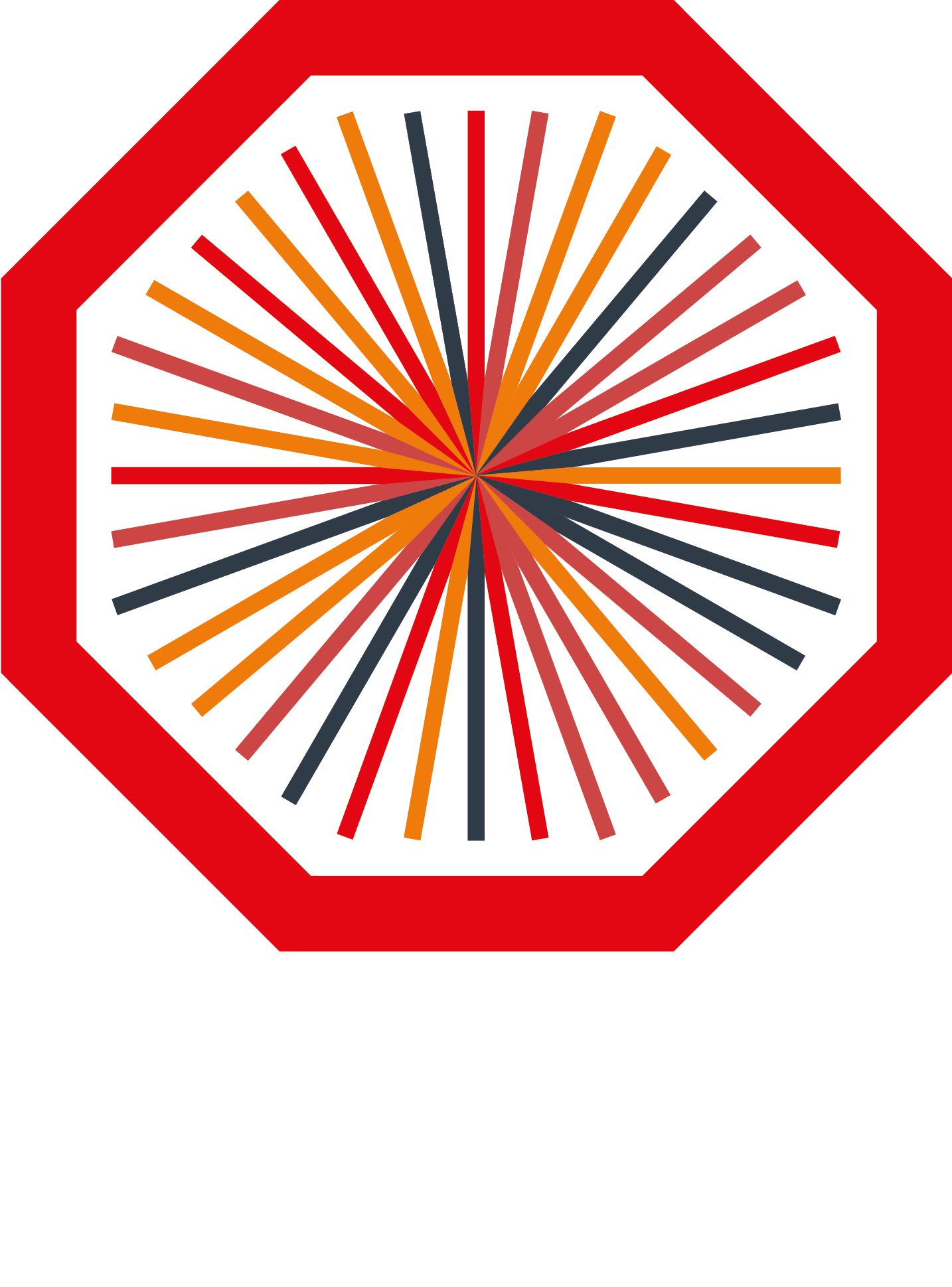Photon-nucleus collisions

J/ψ candidates in an ultra-peripheral collision.
The protons and nuclei accelerated by the LHC are surrounded by strong electric and magnetic fields. These fields can be treated as an equivalent flux of photons, making the LHC the world’s most powerful collider not only for protons and lead ions but also for photon-photon and photon–hadron collisions. This is particularly so for beams of multiply charged heavy ions, where the number of photons is enhanced by almost four orders of magnitude compared with the singly charged protons (the photon flux is proportional to the square of the ion charge).
ALICE exploits this effect to study coherent photoproduction of J/ψ mesons in lead-lead (Pb-Pb) collisions. The J/ψ is detected through its dimuon or dielectron decay. The relevant collisions typically occur at impact parameters of several tens of femtometres, which is well beyond the range of the strong force, so the nuclei usually remain intact and continue down the beam pipe. The photonuclear origin of the J/ψ is therefore ensured by requiring that the detector is void of other particles (see figure). These interactions carry important information on the partonic substructure of heavy nuclei, in particular on the modification in the gluon densities for nucleons within large nuclei with respect to the free proton. At forward rapidity, J/ψ photoproduction is sensitive mainly to the nuclear gluon distribution at values of Bjorken-x of about 10-2, where it is poorly known. The ALICE measurements using Run 2 data favour models that include strong modifications to the nuclear gluon distribution, known as nuclear shadowing (see figure).

